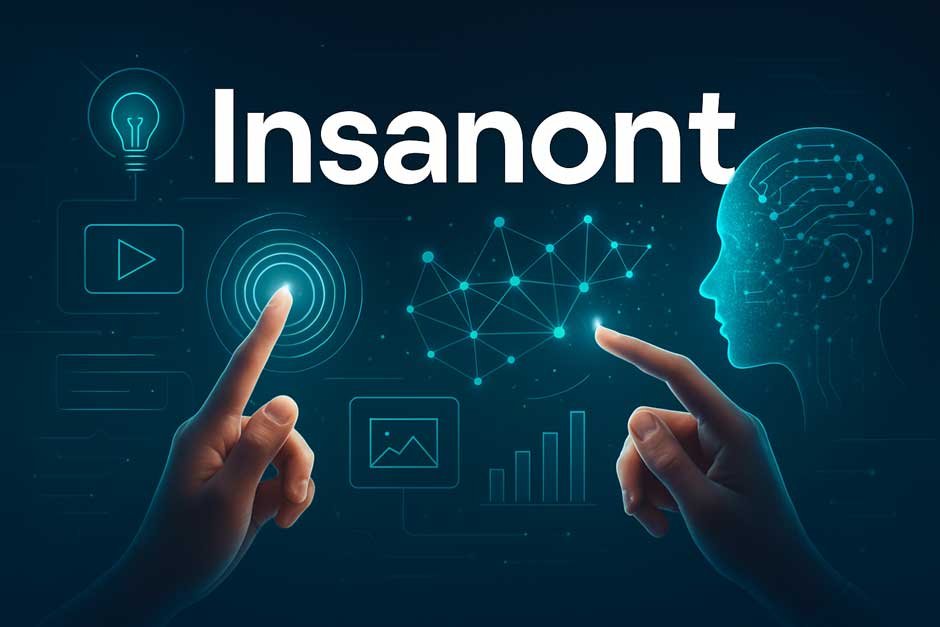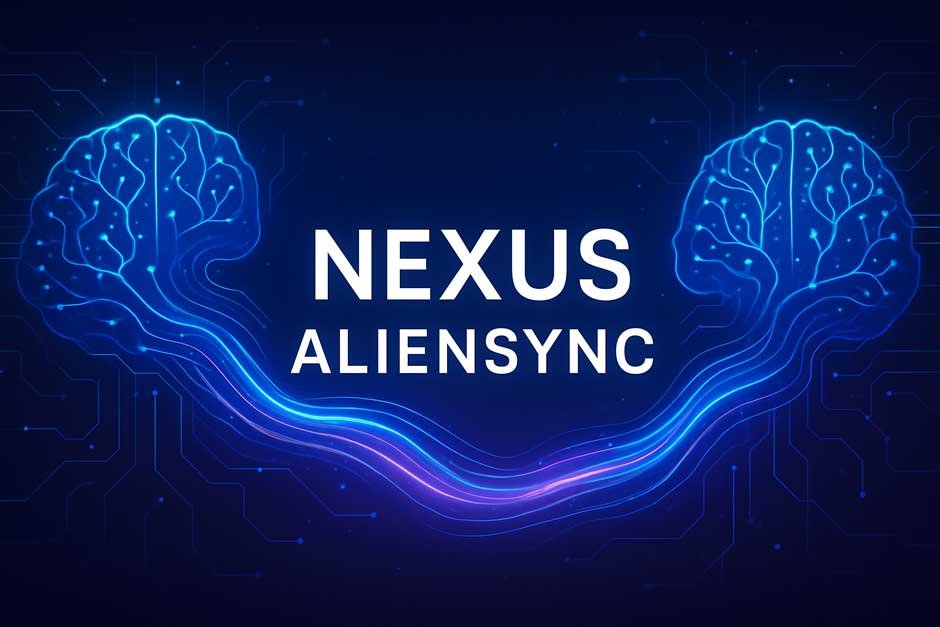What Is Insanont? Breaking Down the Digital Revolution
I first stumbled across Insanont last winter. The name itself—a clever blend of “innovation” and “ontology”—hints at its purpose: reshaping our digital existence. Created by a diverse team of designers and tech specialists, Insanont was born from frustration with existing platforms that seemed to value algorithms over actual human experiences.
The team behind Insanont believes something I’ve long suspected myself: technology works best when it amplifies what makes us human, rather than trying to replace it. Their platform combines smart design with powerful tech to create digital spaces where people can be themselves while still benefiting from intelligent digital tools.
The Features That Set Insanont Apart
After using dozens of digital platforms over the years, I can spot the difference between genuine innovation and marketing hype. Insanont delivers the former through several standout features.
The interface strikes that rare balance—sophisticated enough for power users but accessible enough for beginners. I was particularly impressed by how quickly my less tech-savvy friends picked it up without sacrificing the depth I need for my own projects.
Their personalization engine is equally thoughtful. It learns from how you use the platform without being creepy about it. Last month, I noticed my Insanont dashboard gradually adapting to my workflow without me having to manually configure anything. Yet it never made assumptions that felt invasive or incorrect—a refreshing change from platforms that think they know you better than you know yourself.
Cross-device compatibility has become my non-negotiable requirement, and Insanont nails this aspect. Whether I’m on my phone during my commute, my laptop at a coffee shop, or my desktop at home, the experience remains consistent while still taking advantage of each device’s strengths.
How Insanont Is Changing Digital Expression
The real test of any platform is what people actually do with it. In Insanont’s case, the results have been fascinating to watch unfold.
Content creators I follow have been particularly vocal about how Insanont has expanded their creative possibilities. A filmmaker friend recently told me she’s experimenting with formats she never would have tried elsewhere, combining elements from different media in ways that weren’t previously practical. The platform seems to encourage this kind of cross-pollination between creative disciplines.
Community building happens differently here too. I’ve joined several interest groups on Insanont, and the quality of interaction feels noticeably different—more substantial, less performative. Conversations develop depth rather than just generating notifications.
The Tech Magic Behind the Scenes
While Insanont feels intuitive on the surface, there’s serious engineering underneath. Their microservices architecture enables them to update specific features without disrupting the entire platform—something I appreciate after experiencing too many “complete redesigns” on other services that broke my workflow.
The machine learning elements are particularly impressive. From content suggestions to creative assistance tools, these systems get noticeably more helpful over time without crossing into uncomfortable territory. They’ve clearly put thought into the ethical boundaries of AI assistance.
Scalability hasn’t been an issue either, even as user numbers grow. I’ve experienced virtually no downtime or performance degradation during the six months I’ve been using the platform regularly. This reliability suggests cloud-native architecture designed with growth in mind.
Real-World Applications That Matter
What makes Insanont truly valuable is how it fits into everyday life across different contexts.
In education, it’s becoming a powerful tool for both teaching and learning. My nephew’s middle school uses it for collaborative projects, and he’s more engaged with schoolwork than I’ve ever seen him. Teachers report that students develop digital literacy skills naturally through using the platform.
Businesses are finding Insanont bridges communication gaps that plague traditional work tools. A startup founder I know credits it with transforming their remote team culture, creating space for both structured work communication and the casual interactions that build company culture.
The creative sector has perhaps embraced Insanont most enthusiastically. Artists, writers, musicians, and designers are using it not just to create but to build direct relationships with their audiences. This direct connection is slowly changing how creative work is valued and supported.
Growing Pains and Future Horizons
No platform is perfect, and Insanont faces its share of challenges. During peak usage times, I’ve occasionally encountered performance hiccups, though they’re typically resolved quickly.
The adoption curve presents another hurdle. Despite its growing popularity, convincing friends to try yet another digital platform can be an uphill battle. The “I’m already on too many platforms” objection comes up frequently, though I’ve found most people who give Insanont a genuine try end up sticking with it.
Final Thoughts: Why Insanont Matters
As our digital and physical lives become increasingly intertwined, the platforms we use shape not just how we communicate but how we experience the world. What makes Insanont worth watching is its refreshing prioritization of human creativity and authentic connection.
Its thoughtful design, powerful capabilities, and adaptability make it relevant whether you’re a professional creator, a business team, or someone who simply wants more meaningful digital interactions. In a landscape often criticized for exploiting attention rather than enriching lives, Insanont offers a genuinely different approach.










